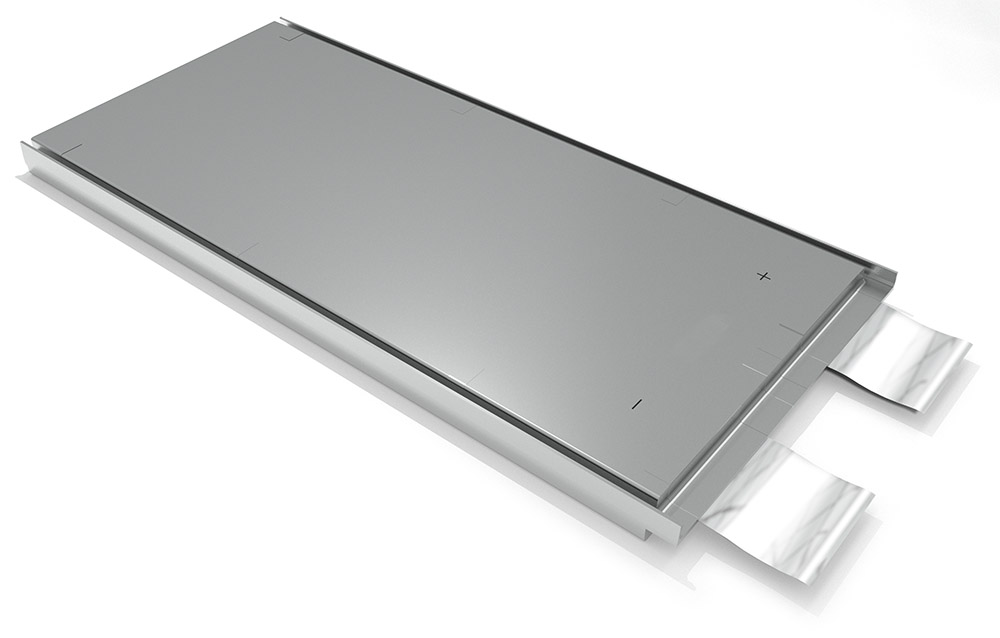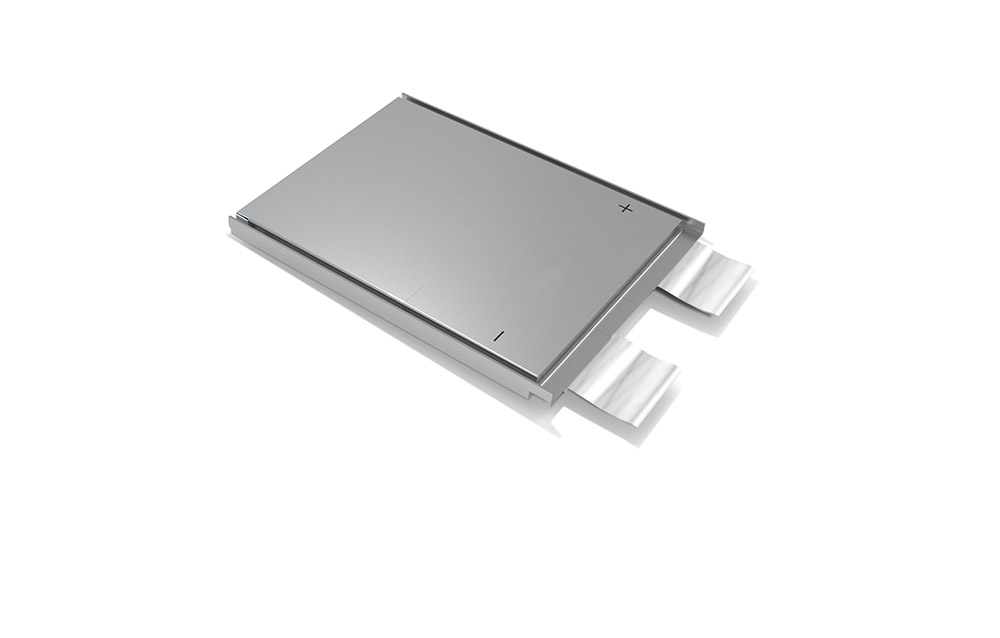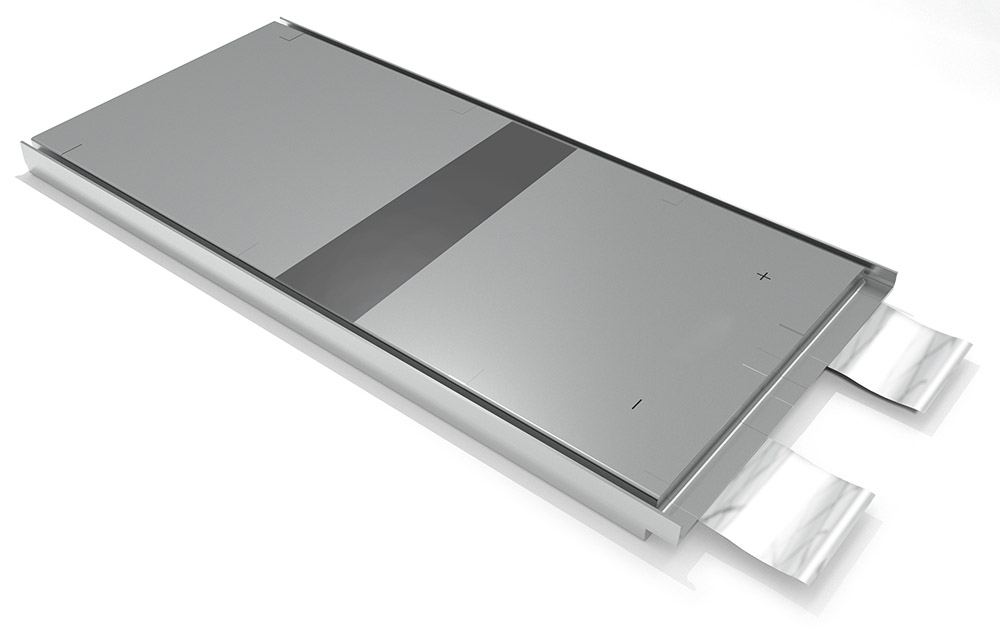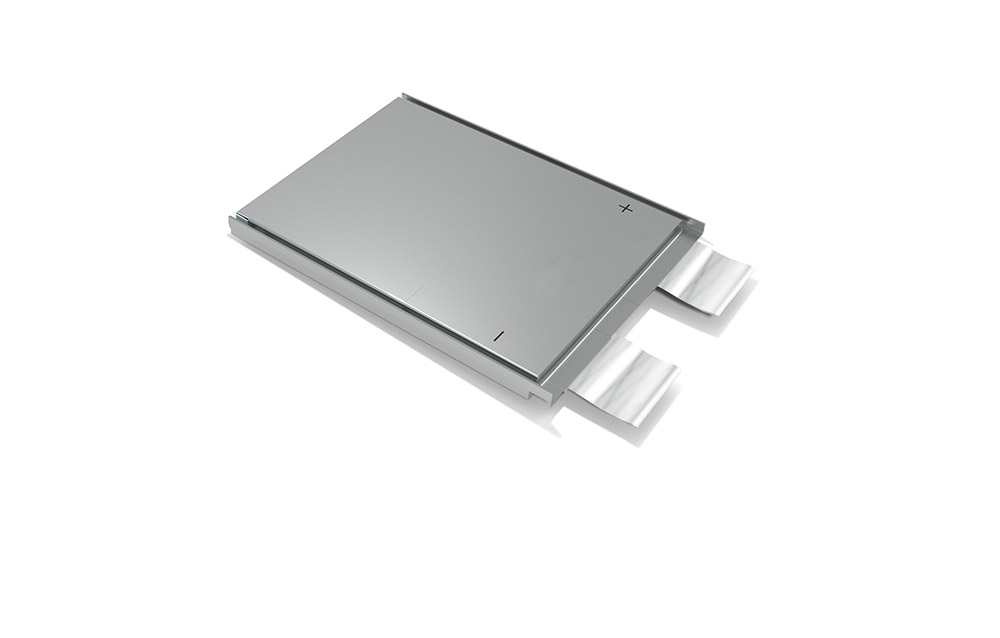About Our Industry Leading Power Cells
We develop and manufacture Solid State Electrolyte Power Cells that are Modular, Scalable, Adjustable and reliable.
Our patented POWERABLE power cells are configurable to meet your needs and specifications so you can produce virtually anything needed now and in the future.
We currently offer five unique cells with the following attributes:
– Fast Charging with High Energy Density
– Super Fast Charging with High Power Density
– Compact Version of Super Fast Charging with High Power Density
– Efficient Charging with High Capacity, High Energy and High Power Density
– Economic Compact Version with Super Fast Charging
Solid State Electrolyte Power Cells that are Modular, Scalable, Adjustable and most importantly Reliable.
Our patented POWERABLE power cells are configurable to meet your engneered specifications so you can produce virtually anything needed now and in the future.
Each specified power cell or bank of cells is controlled using our state-of-the-art Battery Management System (BMS). This BMS circuitry allows for pre-programming of the cell configurations for maximum performance and efficiency. These BMS systems can also include bluetooth compatibility to meet variable requirements.
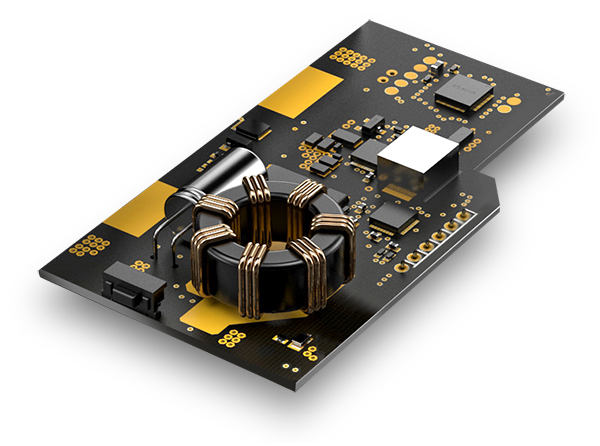
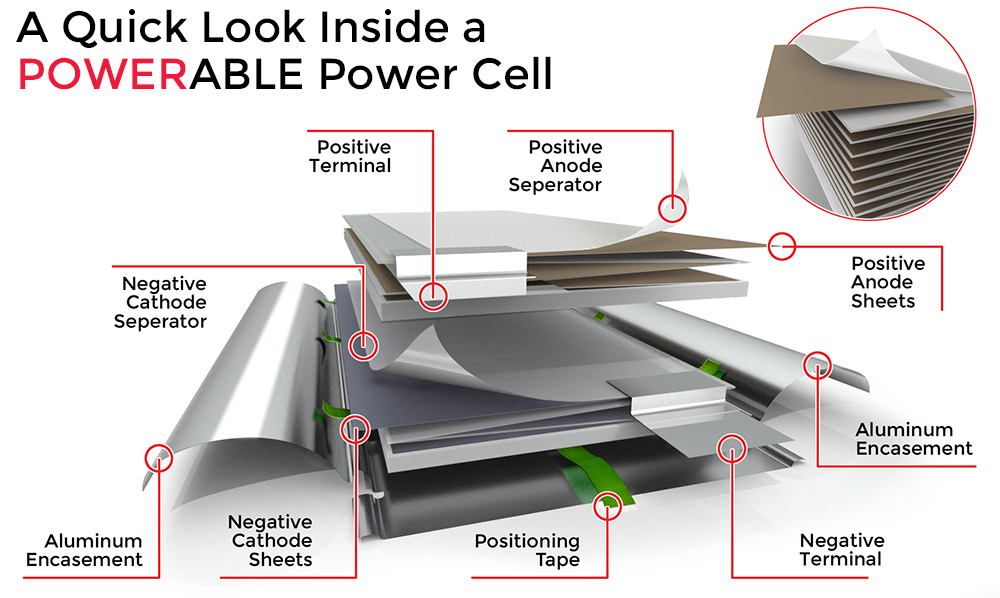
Contact Us to take the next steps in adapting our
best-in-class power cells into your next project.
Graphene Technology, the Beginning and the Future.
Graphene was isolated and defined in 2004 by Andre Geim and Konstantin Novoselov at the University of Manchester in which they received the Nobel Prize for Physics in 2010. At the thickness of a single atom, graphene is the best possible conductor of electricity known, with the properties to charge faster and last longer than conventional lithium-ion batteries. An added advantage is that graphene also conducts heat evenly and cools more efficiently.
Graphene is a super component of carbon that’s made up of a layer of atoms arranged in a two-dimensional honeycomb nano structure. It has exceptional strength, provides excellent conductivity and is the thinnest two-dimensional material in the world. Applying this technology to an efficient manufacturing process that has also remedied many safety hurdles makes these batteries the future of independent electric power.
The technology of employing graphene into a lithium-ion battery is also more environmentally friendly as the sustainability lies in performance, being able to be charged five times more often than conventional lithium-ion batteries means graphene-based batteries lowers its environmental impact by 80%.
PowerAble finds itself to be the leader in introducing graphene lithium-ion batteries to as many markets, categories and products as possible.
Contact us and let us help configure the power of graphene lithium-ion technology into your next production run.
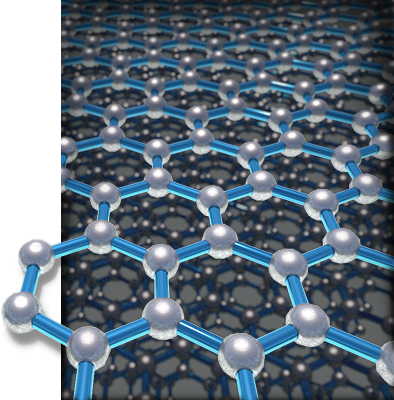
Impressive Initial Test Results.
The AX-01 performed amazingly in initial bench marking lab tests.
• The AX-01 is an ultra-safe version that can withstand a variety of survivability use cases. The AX-01 has a slightly different material composition that enables its amazing survivability characteristics. The AX-01 withstood being punctured, then folded, and finally crumpled while still holding a charge. The cell was then put through a temperature destruction heat test where the cell survived to a temperature of 210˚ C, 410˚ Details of the tests are described below:
• Nail Puncture Test: The AX-01 was punctured by a 3mm diameter nail. The nail was left inside the battery, purposely causing the battery to short, of which it did for over an hour while being suspended in the air. The battery's temperature fluctuated but would hover at around 98.6°F (37°C) near the end of the hour with a maximum measured temperature of 101.76°F (38.76°C). After, the battery was lowered back on to the metal surface for the nail to be removed and the battery quickly returned to room temperature. One amazing feature of the battery was that during the entirety of the test, the AX-01 was holding voltage and remained functional.Note: Traditional lithium batteries would instantly ignite and go into thermal runaway the moment the battery was punctured.
• Fold/Crumple Test: After the puncture test, the AX-01 was folded over its long side (AX-01 is a long rectangular shape) by a mechanical actuator. After it was folded to the point that both ends were touching each other, the battery was attempted to be folded over again by its short side. After being folded with as much force as the mechanical actuator could press out, the battery remained functional throughout the entire process and remained at room temperature. Note: Standard lithium batteries would normally ignite after being folded at even a slight angle.
• Thermal Heat Test: The battery was placed in an oven and the oven would slowly and constantly increase in temperature to test the battery's heat exposure breaking point. The temperature of the battery was brought up to 428°F (220°C) before thermal runaway occurred. Once the battery eventually ignited, the fire was unlike other thermal runaways where a battery spews a stream of fire from a concentrated point, but rather was much more contained to the surface area across the battery. Note: Typical lithium batteries would have a thermal runaway at 266°F (130°C) and the previous highest recorded temperature before thermal runaway on cells of similar capacity, with fielded chemistries was 302°F (150°C).
The AX-01 measured a discharge energy of 111.41Wh at a C/2 rate (measured 31.70 Ah)). At a nominal volume of 0.17571 Liters for each cell and a nominal mass of 0.395 kg, this translates to 634Wh/L and 282Wh/kg of energy densities which are both dramatic improvements over current battery technology.
- The AX-01 also has a designed commercial cycle life of over 1,200 charge cycles. • The AX-02 is an energy dense cell that also has a high degree of survivability but trades some of the safety material features of the AX-01 for much higher power densities and higher life cycles.
The AX-02 has the capability to charge at 4C. This means that the battery can fully charge in just 15 minutes. The AX-02 is also capable of 7C discharging and over 2,400 life cycles, both of which are currently in the process of being confirmed.
The AX-02 measured a discharge energy of 113.213Wh at a C/2 rate (measured 31.4 Ah). At a nominal volume of 0.17571 Liters for each cell and a nominal mass of 0.395 kg, this translates to 644Wh/L and 287Wh/kg of energy densities which are both dramatic improvements over current battery technology.
- The AX-02 also has a designed commercial cycle life of over 2,400 charge cycles.

